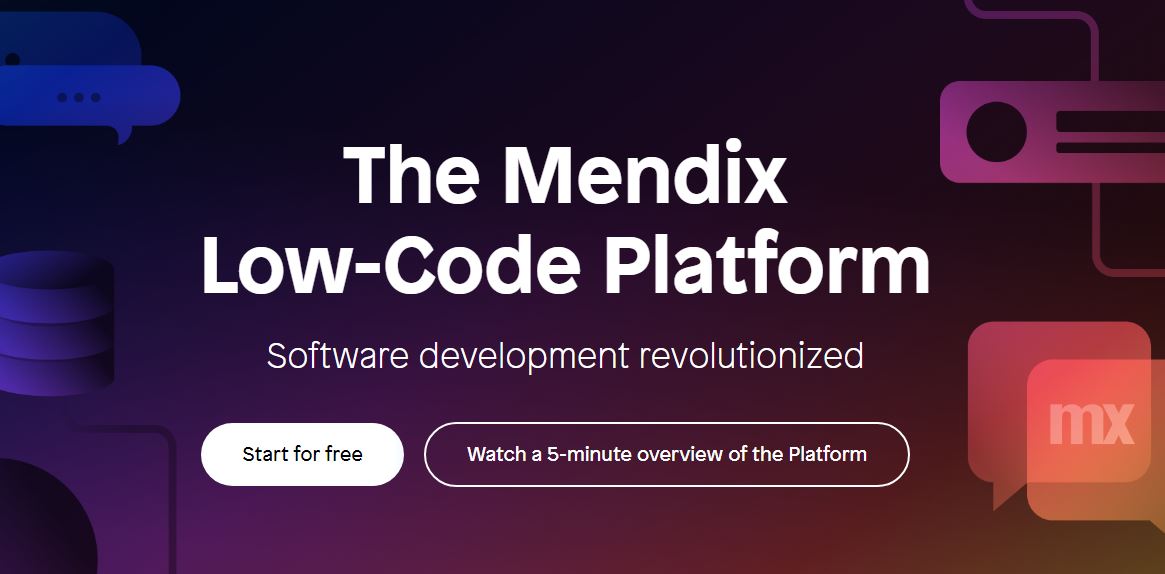
This is a sponsored post by Trulioo, Gold Sponsors of FinovateSpring 2022.
Companies around the world are facing increased pressure to ensure they are monitoring and screening new and existing customers against applicable sanctions lists. While having a comprehensive screening program is nothing new for regulated companies, the current regulatory climate has demonstrated that companies need to be prepared to balance the need for increased speed and thorough compliance.
As a global service provider, Trulioo must continuously innovate to meet an increasingly diverse range of regulatory compliance requirements that its customers face. Whether it’s data protection or Anti-Money Laundering (AML), the pace and scale of change for laws and regulations across the globe continue to accelerate.
Managing a rapidly evolving landscape with the updated GlobalGateway
Without a way to accurately verify identities, the digital world is vulnerable to becoming a place where criminals will have the upper hand. To protect people and information, a robust digital identity solution provides a wide range of benefits including reduced onboarding costs, mitigating breaches and the fines they incur. Ultimately, digital identity is the foundation for building meaningful and sustainable relationships with customers.
This is why Trulioo has released its latest GlobalGateway platform update: to enable businesses in a wide range of sectors to protect customers and themselves from rapidly-changing risks, and to ensure they meet all regulatory requirements.
From straight-forward eIDV to document verification, GlobalGateway has always been designed to provide customers with any combination of verification methods. The platform now delivers new, innovative capabilities to address the changing needs of customers and the market as a whole, both at the point of onboarding and beyond.
The updated platform comes with three key new capabilities: Advanced Watchlist, UtilityID, and enhanced Business Verification. These new services streamline the onboarding of users and businesses, as well as providing continuous monitoring for fraud, money laundering, and illicit behavior throughout the customer lifecycle.
Removing friction in document verification with UtilityID
UtilityID is a consent-based identity verification service that uses utility provider data, such as bills and records, to verify addresses. It removes the need for the manual download, upload, and scanning of documents and other high-friction document verification processes. With UtilityID, Trulioo customers can meet Proof of Address compliance requirements in real-time, provide a faster onboarding experience, gain a higher level of address accuracy, and significantly reduce operation times associated with manual utility document verification and review.
UtilityID is offered via the same API as all other GlobalGateway solutions, making integration easy for customers and giving them full control over the user journey and experience for the businesses they serve.
Introducing Advanced Watchlist
Also updated is the Trulioo AML Watchlist, which provides increased coverage and the ability to conduct all forms of watchlist tracking. It is an ongoing monitoring service performing Know Your Customer (KYC), sanctions, and AML checks that ensure customer userbases are at the lowest risk of:
- Sanction list presence
- Fraud
- Money laundering
- Corruption
- Financial crimes
- Terrorism
Some examples of the watchlists Trulioo screens against include: OFAC, U.N. Terrorism list, EU Sanction Lists, Her Majesty’s Treasury, and INTERPOL.
As one of the most complete watchlist services on the market, GlobalGateway Watchlist is the AML compliance solution of choice for the world’s largest global marketplaces, financial institutions, and trading platforms. It’s fully integrated into the GlobalGateway platform and connects to customers’ eIDV onboarding journeys via a single API integration. AML Watchlist ensures the integrity of your userbase at the point of onboarding and continuously thereafter, as it’s able to screen and continuously monitor against 6,000+ global watchlists and 20,000+ Adverse Media lists.
This improved capability increases accuracy and minimizes manual checks and reviews, potentially saving customers millions of dollars in increased operational efficiency and reduced manual oversight.
Enjoy Enhanced Business Verification
GlobalGateway also allows companies to verify a business’ details anywhere in the world, from high-level data to stringent Ultimate Beneficial Owner verification. It leverages revolutionary intelligence to address the complex challenges of conducting business at an international level, including managing varying regulations, diverse standards for Business IDs, addresses and local languages, as well as automatically selecting the best-suited source of information. Trulioo’s unmatched global network of data sources allows Know Your Business (KYB) customers to easily access accurate and up-to-date information that supports compliance requirements and due diligence.
An updated results panel also allows customers to rely on a single, authoritative view of the businesses being verified. This removes the need for businesses to spend time figuring out which business they need to do a deeper level of due diligence with. Trulioo Business Verification customers will also benefit from improved performance and data quality. All of this is supported by a revamped API guide with new FAQs and best practices.
With Trulioo, no matter what your needs are or where you want to conduct business, you’ll receive a made-to-measure solution, built with purpose, for you. For more information, or to book a demonstration of the Trulioo GlobalGateway platform, please visit www.trulioo.com.
Photo by Pixabay
















